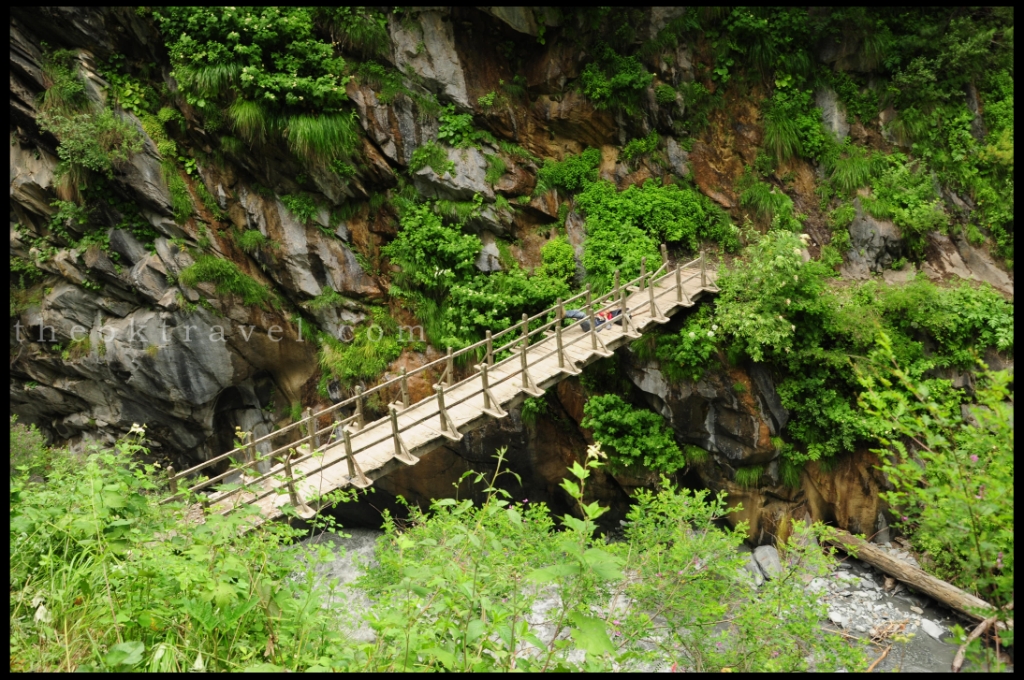Spread over an area of 378 sq. km, price at an altitude of about 5000m above sea level, viagra 40mg the Kugti Wildlife Sanctuary with rare species of flora and fauna is the second largest wildlife sanctuary of Himachal Pradesh. It is located in Bharmour area of Chamba district and is a special destination for visitors as it remains snow covered for most part of the year.
Connected with the Tundah sanctuary from the west, the Kugti Wildlife Sanctuary has the famous Manimahesh Temple located within its periphery. The temple is a popular pilgrimage destination in Himachal Pradesh. Every year thousands of people embark on the arduous journey of reaching the temple by climbing up through the rough terrains, green meadows, gushing water streams, dense forests and glaciers.
The Kugti wildlife sanctuary is home for many varieties of medicinal plants and water springs. Water springs are formed out of melting glaciers all around the place, which are also a pleasant sight for visitors besides the animals and plant varieties in the area. The medicinal herbs spotted by researchers and local experts in the area include Aconitum Heterophyllum (Potish), Pedophyllum Hexandrum (Bankakudi), Angelica Glauca (Chaora) etc.

The Kugti Wildlife Sanctuary is the habitat of many endangered species such as Ibex, Pheasants, Himalayan Tahr, Musk deer, Monal snow Cock, Red vented Bulbul, White Cheeked Bul Bul etc.
Tourists visiting the Kugti sanctuary can also find trekking routes leading into dense woods with Coniferous and Deodar trees. Many people trek through the sanctuary to reach Lahaul-Spiti district of Himachal Pradesh.
The Kugti Pass links the Chamba region to the Lahaul Valley and is one of the three mountain passes that connect the Chamba region to the Lahaul Valley. The Kugti Pass stands at a height of approximately 5100 meters.
Situated at a very high altitude, the Kugti Wildlife sanctuary as informed earlier, is snow covered for most part of the year, therefore the best time to visit this wildlife sanctuary is from May to June and September to October, though tourists are found here throughout the year.
The wildlife sanctuary can be easily reached from Pathankot and Chamba by road. However, the nearest railway station is at Pathankot in Punjab.
